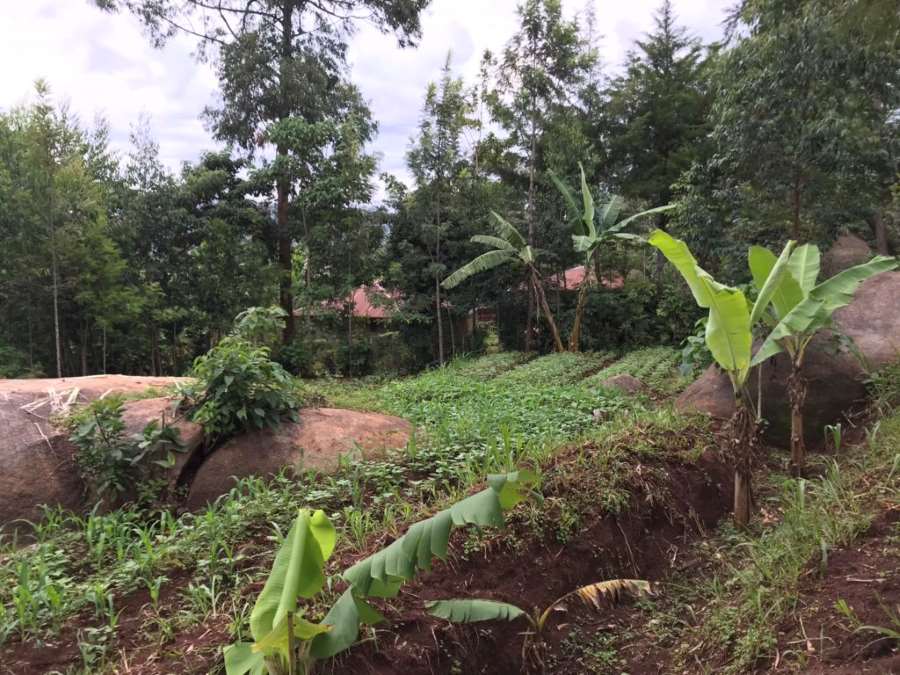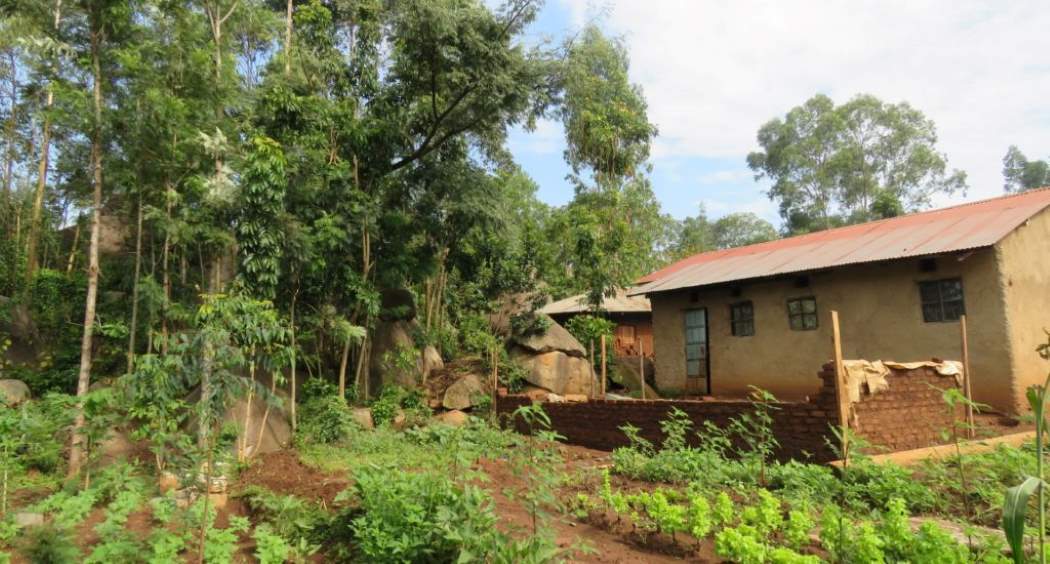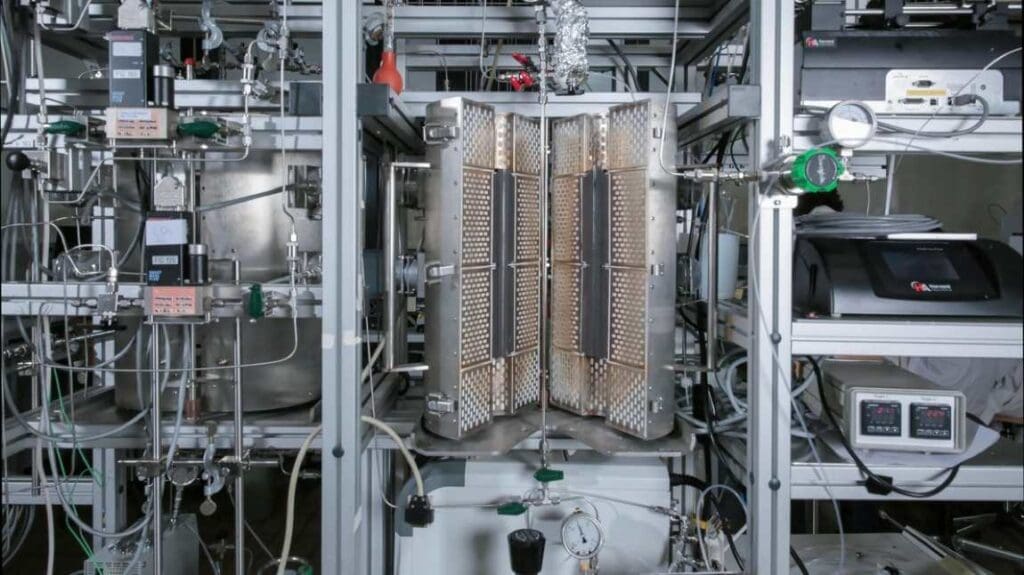Tree-planting schemes are a cornerstone of Kenya’s ambitious climate and biodiversity goals, including plans to plant 15 billion trees by 2032.
However, new research published in People and Nature reveals that these initiatives must consider the diverse local factors influencing smallholder farmers’ decisions.
Conducted by the University of Exeter, the study explored barriers and enablers affecting tree and shrub diversity in Kenya’s Kakamega forest landscape. Interviews with 620 farmers uncovered concerns about harmful wildlife, soil damage, limited farm space, and cultural beliefs, alongside positive influences such as education, income, and peer networks.
The findings highlight the importance of tailoring agroforestry policies to local contexts, ensuring sustainable solutions that benefit both people and the environment.

Research with smallholder farmers in Kenya shows that tree-planting schemes must account for complex local issues and preferences.
Tree planting is central to many countries’ climate mitigation and biodiversity conservation goals, and Kenya alone plans to plant 15 billion trees by 2032.
Adding trees and shrubs to farmland (called agroforestry) can boost biodiversity, carbon storage, soil health, food production and income. But many tree-planting schemes overlook diversity and promote a narrow range of species.
The new study examined the factors that enable or prevent Kenyan smallholders from increasing the diversity of trees and shrubs on their land.
“In Sub-Saharan Africa, where most food is produced on small farms, many countries are promoting agroforestry to address climate change and protect biodiversity,” said Ennia Bosshard, from the Centre for Ecology and Conservation on Exeter’s Penryn Campus in Cornwall.
“Farmers play a crucial role in this effort as guardians of the land and trees, making it important to understand their decision-making regarding tree growing.”
The researchers interviewed 620 smallholder farmers in the Kakamega forest landscape in Western Kenya.
“Key factors in their decision-making included past experiences, the influence of other farmers, and the perceived ability to grow different tree species,” Bosshard continued.
Kenyan farmers in the study were generally positive about increasing the diversity of trees on their farms diversifying trees – but the study identified several barriers.
Farmers were worried about negative consequences such as the risk of attracting harmful wildlife and harming the soil, farms being too small, lacking time and knowledge, and following local beliefs about trees.
Bosshard added: “We found that certain farmers were more likely to increase the tree and shrub diversity on their farms, especially if they had higher education (such as a university degree or a diploma), were heads of their households, had higher income, or relied fully on farming for their livelihoods.”
To promote agroforestry that benefits people, nature and the climate, policies should address these barriers and support enabling factors raised by the farmers.
And a similar approach could be used around the world, ensuring that decision-making takes account of local factors.
***
The study was supported by the One CGIAR Nature+ initiative through the Alliance of Bioversity International and CIAT.
Journal Reference:
Bosshard, E., Carter, H., Aluso, L., Chumba, R., Kaiser-Bunbury, C. N., Kettle, C. J., & Nuno, A., ‘Understanding smallholder decision-making to increase farm tree diversity: Enablers and barriers for forest landscape restoration in Western Kenya’, People and Nature online, 1–15 (2025). DOI: 10.1002/pan3.10774
Article Source:
Press Release/Material by Alex Morrison | University of Exeter
Featured image credit: Ennia Bosshard




